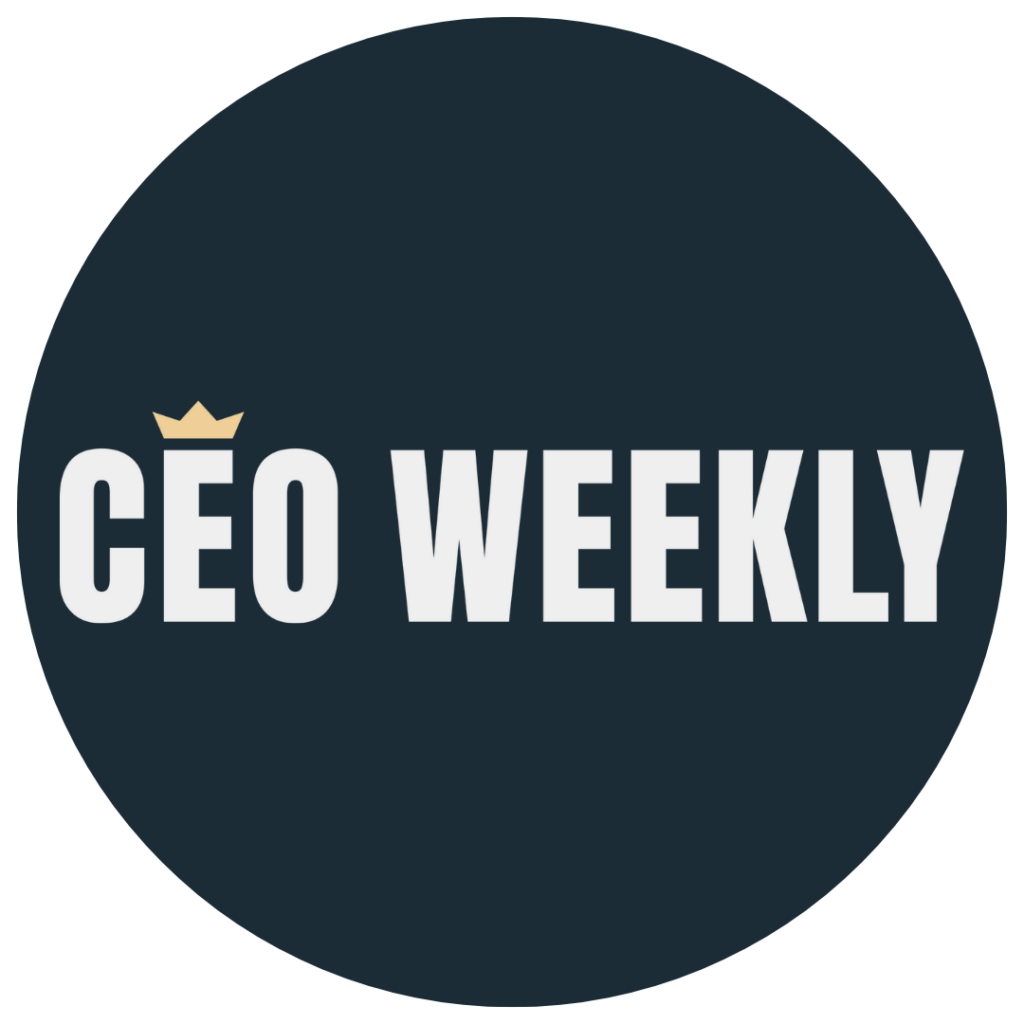By: Ethan Rogers
It’s widely acknowledged that today’s corporate leaders face challenges with increasing complexity. The demands placed on leadership continue to grow, from managing hybrid work environments to balancing innovation with cost-efficiency. Leaders must also address stakeholder expectations around sustainability, diversity, and inclusion while ensuring their firms remain competitive amid these evolving pressures. Among the most difficult challenges is navigating situations where organizations must pivot drastically. Such shifts can be necessary for survival and growth, but leaders (and employees) often struggle to maintain clarity and purpose when they occur.
Leaders are often advised to remain agile when unforeseen circumstances (e.g., internal reorganizations, shifting priorities, external pressures, etc.) occur. They are also frequently urged to embrace change as an opportunity and adapt to the market’s changing demands. Suzanne Gibbs Howard, a respected leadership expert, invites reflection on this wisdom with a critical question: “Could there be a point where too many pivots become counterproductive?”
Known for her influential work at IDEO and as the founder of IDEO U, Suzanne has supported numerous leaders in thriving amid uncertainty and change. Her background as a cultural anthropologist offers a unique lens to view leadership in the context of human behavior and organizational culture. With this, she has gained insights that often resonate with leaders facing intricate challenges.
Suzanne emphasizes that flexibility is essential but suggests that constant change might lead to a loss of focus and organizational identity. “Frequent shifts can leave employees disoriented and disconnected from their work. Leaders may not be immune, either. Many struggle with burnout and may begin to question their values and purpose,” she remarks. The seasoned advisor poses pressing questions for leaders to consider: “How do you, as a leader, remain true to your values during turbulent times? How do you work to avoid burnout, stay grounded, and guide your team effectively when the ground beneath you keeps shifting?”
When organizations pivot too often or too far from their original mission, they may risk what Suzanne refers to as “mission drift.” This occurs when a company begins to lose sight of its core purpose. The external impact of this can include the dilution of brand identity, alienation of loyal customers, and a weakened market positioning. The effects internally can be equally significant. Employees might experience an identity crisis, as they feel disconnected from the company’s purpose and may become uninspired by their work.
The business world has seen examples of the risks of mission drift. Yahoo’s repeated pivots over the years appeared to dilute its market position and left employees and customers confused. Similarly, WeWork’s aggressive expansion and strategic missteps contributed to reputational damage and a loss of investor confidence. Organizations like American department store chain J.C. Penney and nonprofit giants like the March of Dimes have also faced challenges from dramatic shifts in focus.
“But as a leader, you aren’t necessarily swept up in the chaos,” Suzanne reassures. “There can be ways to remain grounded, resilient, and impactful, even when everything around you feels uncertain.” She suggests that leaders should reconnect with their core values to navigate turbulence. They might also prioritize areas where they can make a tangible impact and nurture a sense of stability within their teams.
Suzanne proposes that leadership isn’t about eliminating ambiguity but about navigating it skillfully. “Being a leader doesn’t mean you need to be perfect or have all the answers,” she states. “You may simply need to stay connected to your purpose and provide your team with a sense of stability and direction, especially when the path forward is unclear.”
The leadership expert introduces several key actions leaders might consider to navigate uncertainty. First, they could reconnect with their personal “why.” Reflecting on their core values and long-term purpose may help ground them in what matters most. Suzanne recommends that leaders revisit pivotal moments in their lives to identify the values that drive them and articulate a mission that aligns with their vision.
Focusing on areas within their control can also be essential. Leaders might identify specific aspects of their work where they can make a meaningful impact. This could include mentoring future leaders, fostering inclusion, or improving team morale.
Another step could involve embracing tensions and constraints. Viewing challenges as opportunities for innovation rather than obstacles may allow leaders to remain confident despite ambiguity and, in turn, potentially inspire their teams to think creatively.
Additionally, building community and establishing rituals might help create resilience during turbulent times. Small acts of connection, such as regular team check-ins or celebrating shared successes, could reinforce a sense of purpose and belonging. Acknowledging the importance of modeling calm and resilience, Suzanne states that leaders play a key role in setting the tone for their teams, as their demeanor during high-pressure situations can significantly influence employee morale.
Notably, Suzanne encourages leaders to cultivate “shadow leadership.” “We need to recognize that not all leadership is highly visible. Leaders might also quietly influence others by creating small pockets of alignment. Perhaps instead of leading from the front, it’s time to lead from behind or from the sides,” she says. Lastly, the leadership expert advises executives to hold themselves accountable with compassion. This means treating new efforts as experiments and opportunities to learn and grow.
Unsurprisingly, Suzanne’s approach has been helpful to many leaders. One example involves a global consumer goods company undergoing a significant strategic pivot. The company, under new leadership, shifted its focus from sustainable supply chains to higher-margin premium products. The decision was seen as financially necessary. However, the abrupt shift reportedly made employees feel disoriented and disconnected from the organization’s mission.
Suzanne coached a leader within the company, helping them focus on what they could control: talent retention and employee wellness. This leader worked to provide stability and clarity for their team by emphasizing a workplace culture of resilience and professional growth. The result of their efforts was a greater sense of purpose amid the chaos. Employees were better equipped to navigate the changes and stay connected to the company’s core values.
Ultimately, when leaders face the task of rapid change, Suzanne Gibbs Howard encourages them to reconnect with their purpose, focus on controllable priorities, and build resilience within their teams. This approach can help them remain grounded and impactful in the face of uncertainty.
Published by Joseph T.











